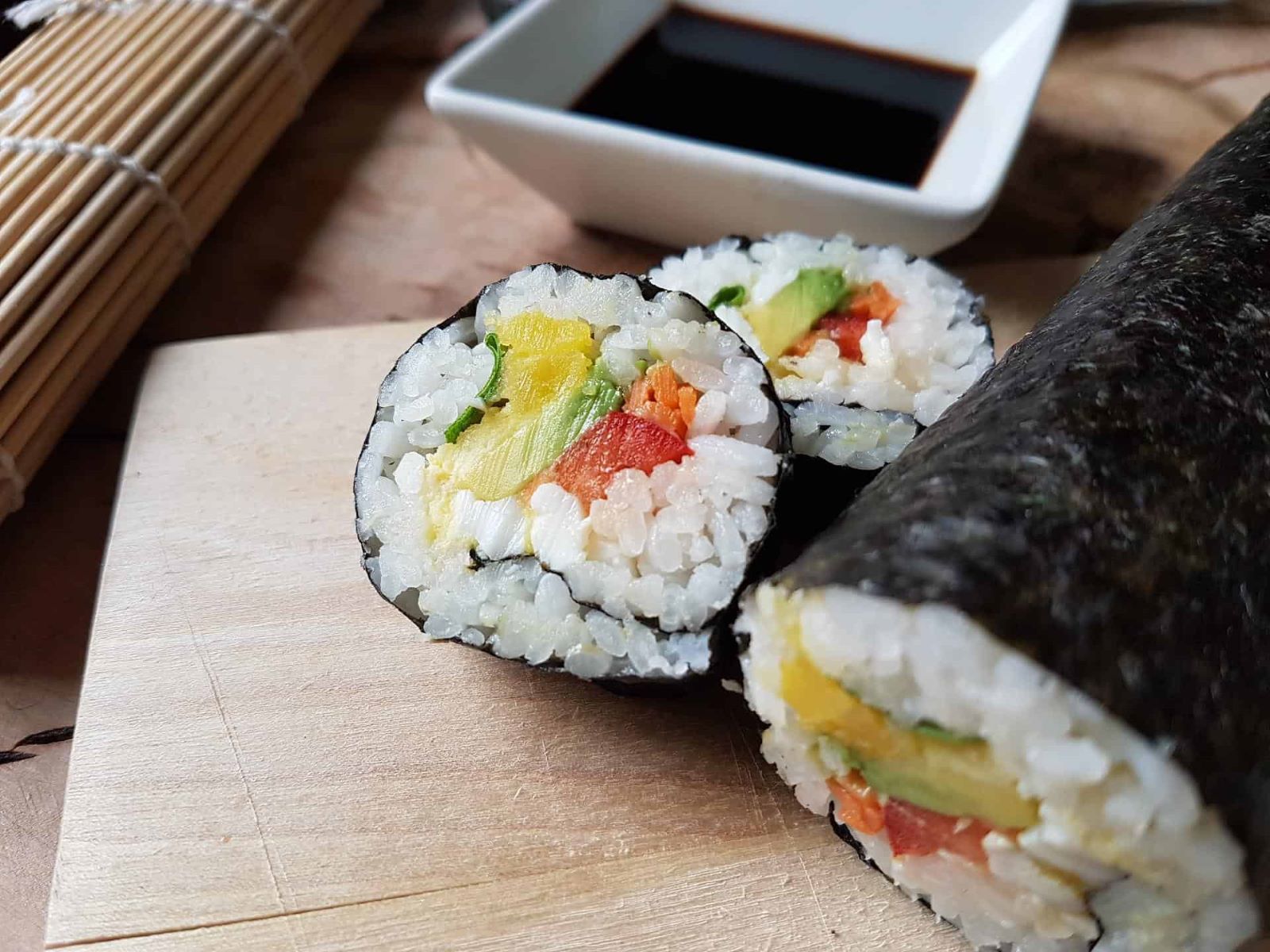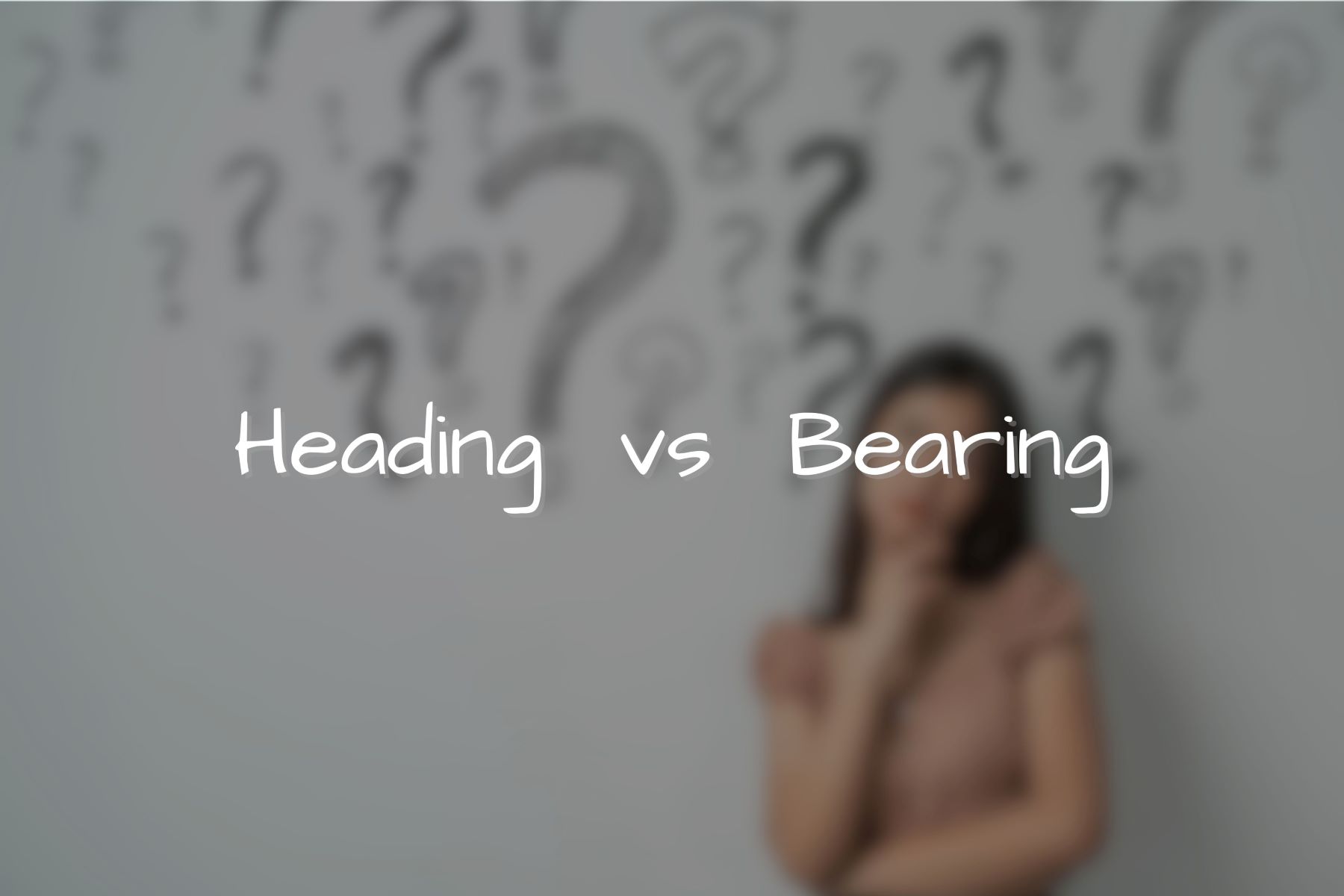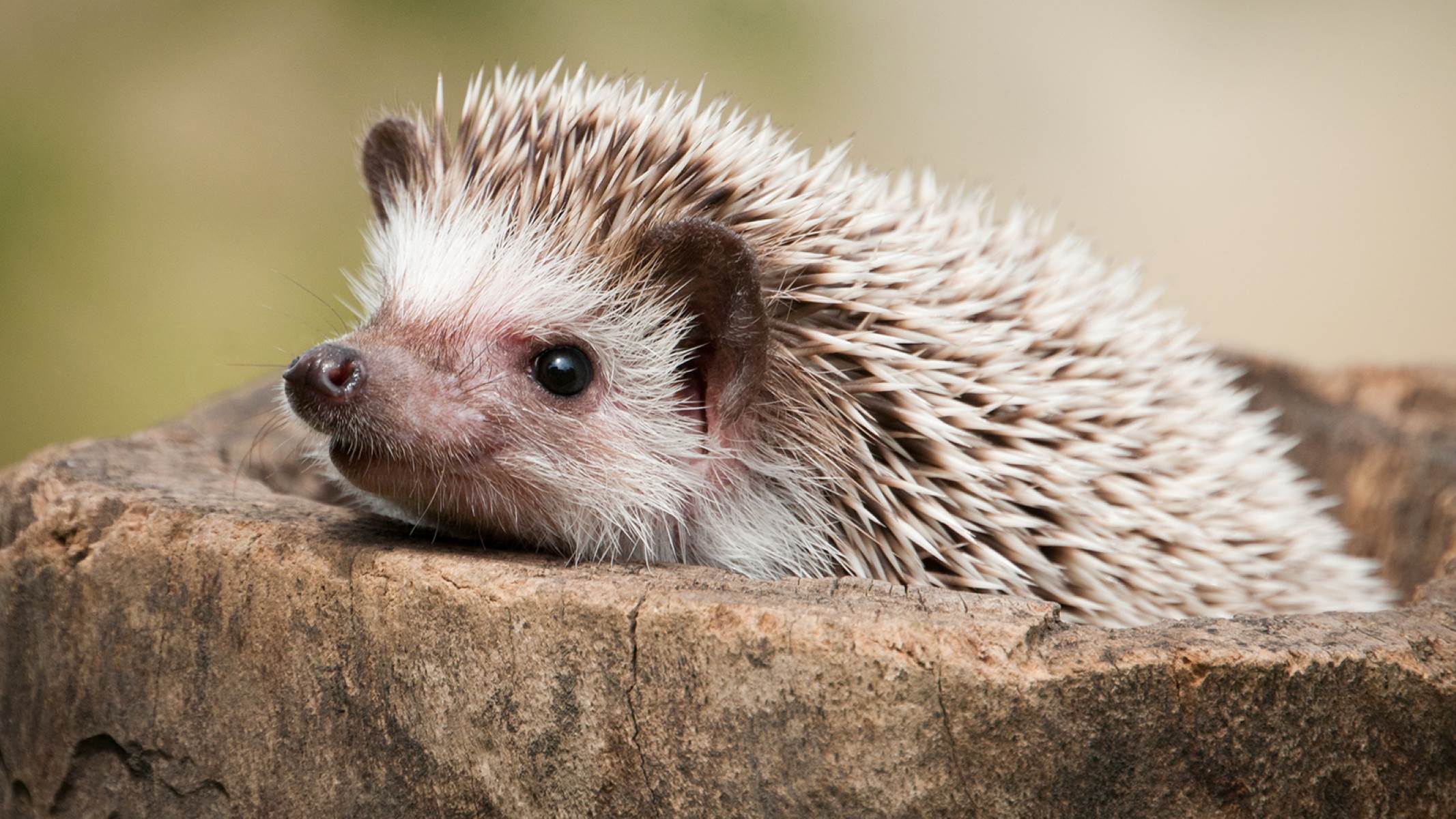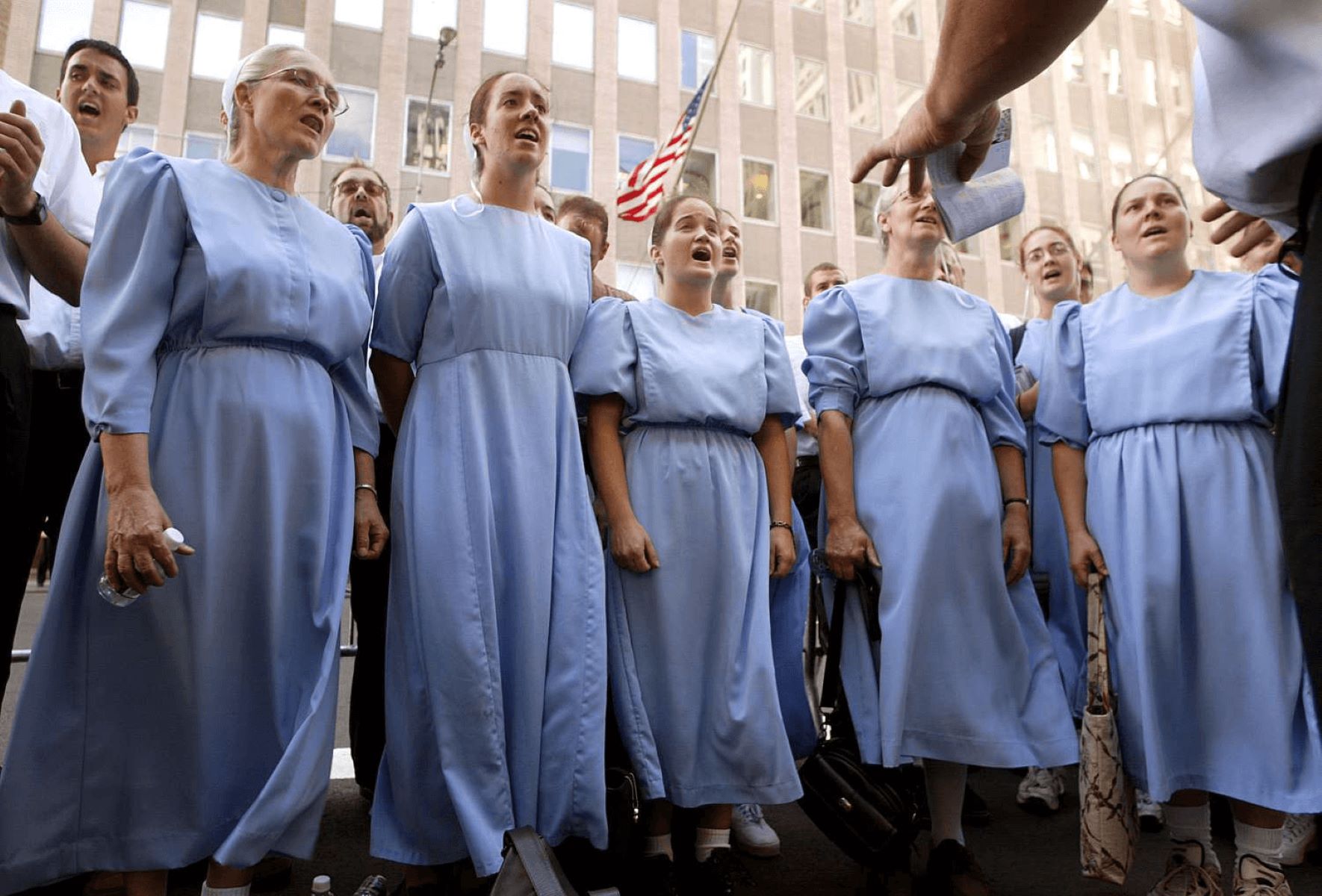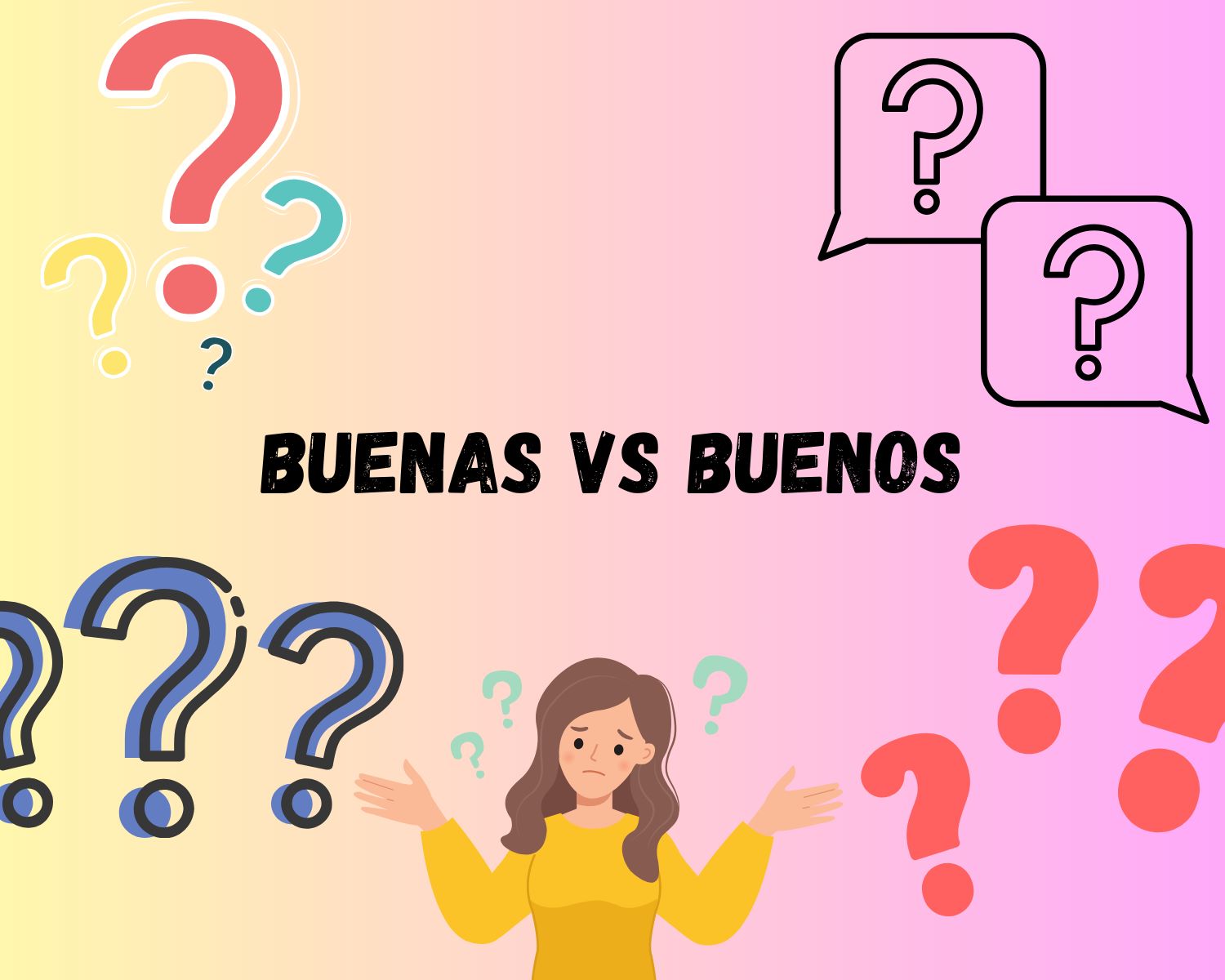Home>Lifestyle>The Surprising Difference Between Periwinkle And Lavender


Lifestyle
The Surprising Difference Between Periwinkle And Lavender
Published: February 13, 2024
Discover the distinct characteristics of periwinkle and lavender and how they can enhance your lifestyle. Uncover the surprising differences between these two popular shades.
(Many of the links in this article redirect to a specific reviewed product. Your purchase of these products through affiliate links helps to generate commission for Regretless.com, at no extra cost. Learn more)
Table of Contents
Introduction
When it comes to colors, the world is a vibrant canvas painted with an array of hues that evoke emotions, memories, and cultural significance. Two colors that often capture attention for their delicate and soothing tones are periwinkle and lavender. Despite their similar soft and gentle appearance, these colors have distinct characteristics that set them apart. Exploring the origins, symbolism, and various uses of periwinkle and lavender allows us to delve into the fascinating world of color psychology, art, and wellness.
Periwinkle and lavender, though both belonging to the purple color family, possess unique attributes that make them stand out. Understanding the subtle differences between these two colors can deepen our appreciation for the role they play in art, design, and even therapeutic practices. Join me on a journey through the enchanting realm of periwinkle and lavender as we uncover the surprising disparities and remarkable similarities that make these colors a source of inspiration and fascination for many.
The Origins of Periwinkle and Lavender
Periwinkle, a color named after the periwinkle plant, is a pale tint of blue with a hint of purple. The term "periwinkle" is derived from the Old English word "perwince," which refers to the European plant Vinca minor, commonly known as the periwinkle plant. This plant is adorned with delicate, five-petaled flowers that exhibit a similar shade to the color periwinkle. The periwinkle plant has a rich history, often associated with folklore and medicinal uses, dating back to ancient civilizations.
On the other hand, lavender, a color reminiscent of the fragrant lavender flower, is a light purple with a subtle blue undertone. The name "lavender" originates from the Latin word "lavare," meaning "to wash," reflecting the historical use of lavender in bathing and perfumery. The lavender flower, known for its calming aroma and vibrant blooms, has been cultivated for centuries and holds significance in various cultures and traditions.
Both periwinkle and lavender have deep-rooted connections to nature, evoking images of serene gardens and tranquil landscapes. The origins of these colors are intertwined with the beauty and symbolism of the plants from which they draw inspiration, contributing to their timeless appeal and enduring popularity in the realm of art, fashion, and wellness.
The Color Variations
Periwinkle and lavender, while both falling within the spectrum of purple, exhibit distinct variations that set them apart in terms of hue and tone. Periwinkle, often described as a pale tint of blue with a touch of purple, exudes a sense of tranquility and softness. Its delicate and understated appearance makes it a popular choice in interior design, particularly in creating calming and soothing environments. The color periwinkle can range from a light, almost ethereal shade to a slightly deeper, more saturated tone, offering versatility in its application across different settings and artistic expressions.
On the other hand, lavender, with its gentle yet captivating presence, embodies a blend of soft purple and muted blue. This unique combination results in a color that is often associated with elegance, refinement, and a touch of whimsy. The varying shades of lavender encompass a wide spectrum, ranging from pale lilac to deeper, more saturated hues, allowing for a diverse range of interpretations and creative uses.
While periwinkle leans more towards the blue end of the spectrum, lavender tends to exhibit a slightly warmer, pinkish undertone, adding depth and complexity to its overall appearance. The subtle differences in these color variations contribute to their individual charm and appeal, making them sought-after choices in the realms of fashion, home decor, and artistic endeavors.
In essence, the color variations of periwinkle and lavender offer a captivating interplay of hues and tones, each evoking its own unique mood and ambiance. Whether it's the serene and tranquil allure of periwinkle or the graceful elegance of lavender, these colors continue to inspire creativity and evoke emotions, adding a touch of enchantment to the world of color palettes and design aesthetics.
The Symbolism of Periwinkle and Lavender
Periwinkle and lavender, with their ethereal beauty and captivating charm, hold profound symbolism that transcends mere visual appeal. These colors are imbued with meanings and associations that resonate across cultures and traditions, enriching the tapestry of human expression and interpretation.
Periwinkle, often linked to qualities of serenity, tranquility, and harmony, evokes a sense of calmness and peace. Its gentle blue undertone, reminiscent of clear skies and tranquil waters, conveys a feeling of stability and balance. In various contexts, periwinkle is associated with spiritual awareness, encouraging introspection and inner peace. The color's soothing presence is often utilized in therapeutic settings to create a sense of relaxation and emotional well-being.
On the other hand, lavender, with its delicate blend of purple and blue, embodies elegance, grace, and refinement. Symbolizing femininity and grace, lavender carries an air of sophistication and poise. It is often associated with creativity and imagination, inspiring artistic expression and introspective contemplation. Additionally, lavender is deeply connected to notions of romance and enchantment, evoking a sense of nostalgia and dreamy allure.
Both periwinkle and lavender hold symbolic significance in the realm of spirituality and healing. Periwinkle, with its associations with clarity and intuition, is revered for its ability to promote mental clarity and spiritual awareness. It is often linked to the concept of inner peace and mindfulness, making it a symbol of spiritual growth and enlightenment. Lavender, on the other hand, is renowned for its calming and soothing properties, symbolizing relaxation, rejuvenation, and emotional balance. Its tranquil essence is embraced in practices such as aromatherapy and meditation, where it serves as a conduit for inner harmony and emotional well-being.
In essence, the symbolism of periwinkle and lavender transcends their visual allure, encompassing themes of spirituality, tranquility, and emotional resonance. These colors serve as conduits for expressing and invoking profound emotions, offering a glimpse into the intricate tapestry of human experiences and aspirations. Whether adorning a canvas, enhancing a living space, or infusing aromatic tranquility, periwinkle and lavender continue to weave their symbolic magic, enriching our lives with their timeless and evocative presence.
The Use of Periwinkle and Lavender in Art and Design
The enchanting hues of periwinkle and lavender have long been cherished by artists and designers for their ability to evoke a sense of tranquility, elegance, and emotional depth. In the realm of art, these colors serve as powerful tools for conveying mood, symbolism, and visual harmony, while in design, they infuse spaces with a touch of sophistication and serenity.
In art, periwinkle and lavender are often utilized to create ethereal and dream-like compositions. The delicate and soothing nature of these colors lends itself to the portrayal of serene landscapes, whimsical portraits, and introspective scenes. Periwinkle, with its gentle blue undertone, is often employed to depict tranquil skies, serene waters, and moments of quiet contemplation. Lavender, on the other hand, exudes an aura of elegance and mystery, making it a popular choice for conveying themes of romance, nostalgia, and artistic expression.
Moreover, the use of periwinkle and lavender extends beyond traditional art forms, finding its way into contemporary and digital art. From digital illustrations to modern graphic designs, these colors add a touch of softness and sophistication to visual compositions, creating a harmonious blend of modern aesthetics and timeless charm.
In the realm of design, periwinkle and lavender play a pivotal role in shaping the ambiance of interior spaces, fashion, and product design. These colors are often embraced for their ability to create calming and elegant environments. In interior design, periwinkle and lavender are employed to evoke a sense of serenity and sophistication, whether through wall colors, furnishings, or decorative accents. The gentle allure of these hues transforms living spaces into havens of relaxation and visual harmony.
In fashion, periwinkle and lavender are celebrated for their versatility and timeless appeal. From soft pastel tones to deeper, more saturated shades, these colors grace runways, couture collections, and everyday attire, adding a touch of elegance and whimsy to fashion ensembles. Whether adorning flowing dresses, tailored suits, or accessories, periwinkle and lavender infuse fashion with a sense of grace and refinement.
In product design, the use of periwinkle and lavender extends to a wide range of consumer goods, from cosmetics and packaging to home decor and lifestyle products. These colors are embraced for their ability to convey a sense of tranquility, sophistication, and emotional resonance, enhancing the overall aesthetic and appeal of various products.
In essence, the use of periwinkle and lavender in art and design transcends mere visual appeal, offering a gateway to emotional depth, artistic expression, and serene ambiance. Whether gracing a canvas, adorning a living space, or enhancing fashion and lifestyle products, these colors continue to captivate and inspire, enriching the world of art and design with their timeless allure.
The Aromatherapy and Medicinal Uses of Periwinkle and Lavender
Aromatherapy, the practice of using natural scents to enhance psychological and physical well-being, has long embraced the therapeutic properties of periwinkle and lavender. These delicate and enchanting scents have been revered for their calming, rejuvenating, and healing effects, making them indispensable in the realm of holistic wellness and traditional medicine.
Periwinkle, known for its subtle floral fragrance, has been utilized in aromatherapy to promote relaxation, mental clarity, and emotional balance. The gentle aroma of periwinkle is often incorporated into essential oils, candles, and diffusers, creating a tranquil ambiance that soothes the mind and uplifts the spirit. Its calming scent is revered for its ability to alleviate stress, anxiety, and restlessness, making it a cherished ally in promoting emotional well-being and inner harmony.
In the realm of traditional medicine, periwinkle has garnered attention for its potential medicinal properties. The periwinkle plant, particularly the species Catharanthus roseus, has been studied for its alkaloid compounds, which have shown promise in supporting various aspects of health. The plant's extracts have been explored for their potential in managing blood sugar levels, supporting cardiovascular health, and exhibiting antioxidant properties. Additionally, periwinkle has been traditionally used in herbal remedies to address conditions such as inflammation, coughs, and throat irritations, showcasing its versatile and time-honored role in promoting wellness.
Lavender, renowned for its exquisite floral fragrance and soothing aroma, holds a revered position in aromatherapy and holistic wellness practices. The gentle, yet captivating scent of lavender has been cherished for its ability to induce relaxation, reduce stress, and promote restful sleep. Whether infused into essential oils, sachets, or bath products, lavender's aromatic presence creates a serene and tranquil atmosphere, offering a sanctuary for the mind and body to unwind and rejuvenate.
In traditional medicine, lavender has been celebrated for its diverse medicinal uses. The essential oils derived from lavender have been studied for their potential to alleviate anxiety, enhance mood, and support cognitive function. Lavender's soothing properties extend to its application in addressing minor skin irritations, promoting wound healing, and providing relief from headaches and muscle tension. Furthermore, lavender tea, made from the dried flowers, has been embraced for its calming effects and potential in supporting digestive health and overall well-being.
In essence, the aromatherapy and medicinal uses of periwinkle and lavender offer a glimpse into the profound impact of these natural wonders on holistic wellness and traditional healing practices. Whether through their enchanting scents or therapeutic properties, periwinkle and lavender continue to enrich the realm of aromatherapy and holistic medicine, offering a fragrant pathway to emotional balance, rejuvenation, and overall well-being.
Conclusion
In conclusion, the captivating journey through the realm of periwinkle and lavender unveils a tapestry of enchanting hues, profound symbolism, and versatile applications. These colors, with their delicate yet distinct characteristics, have left an indelible mark on the realms of art, design, wellness, and cultural symbolism.
From their origins rooted in the natural world to their symbolic resonance across diverse cultures, periwinkle and lavender embody timeless elegance, tranquility, and emotional depth. The subtle nuances of these colors, from the serene tranquility of periwinkle to the graceful allure of lavender, offer a rich palette for artistic expression, interior design, fashion, and holistic wellness practices.
Moreover, the therapeutic properties of periwinkle and lavender, embraced in aromatherapy and traditional medicine, showcase the enduring appeal of these colors in promoting emotional balance, relaxation, and overall well-being. Whether through their gentle fragrances or potential medicinal benefits, periwinkle and lavender continue to weave their aromatic magic, offering a fragrant pathway to inner harmony and rejuvenation.
As we bid farewell to this exploration of periwinkle and lavender, it becomes evident that these colors are more than mere visual delights; they are conduits for expressing emotions, evoking memories, and creating serene, harmonious environments. Their timeless allure and versatile applications ensure that periwinkle and lavender will continue to inspire and captivate, enriching our lives with their ethereal presence and enchanting charm.
In essence, the surprising difference between periwinkle and lavender transcends their visual appeal, delving into the realms of symbolism, therapeutic properties, and artistic expression. As we embrace the distinct qualities of these colors, we are reminded of the enduring power of hues to evoke emotions, kindle creativity, and offer moments of tranquility in a world brimming with vibrant shades and captivating stories.

